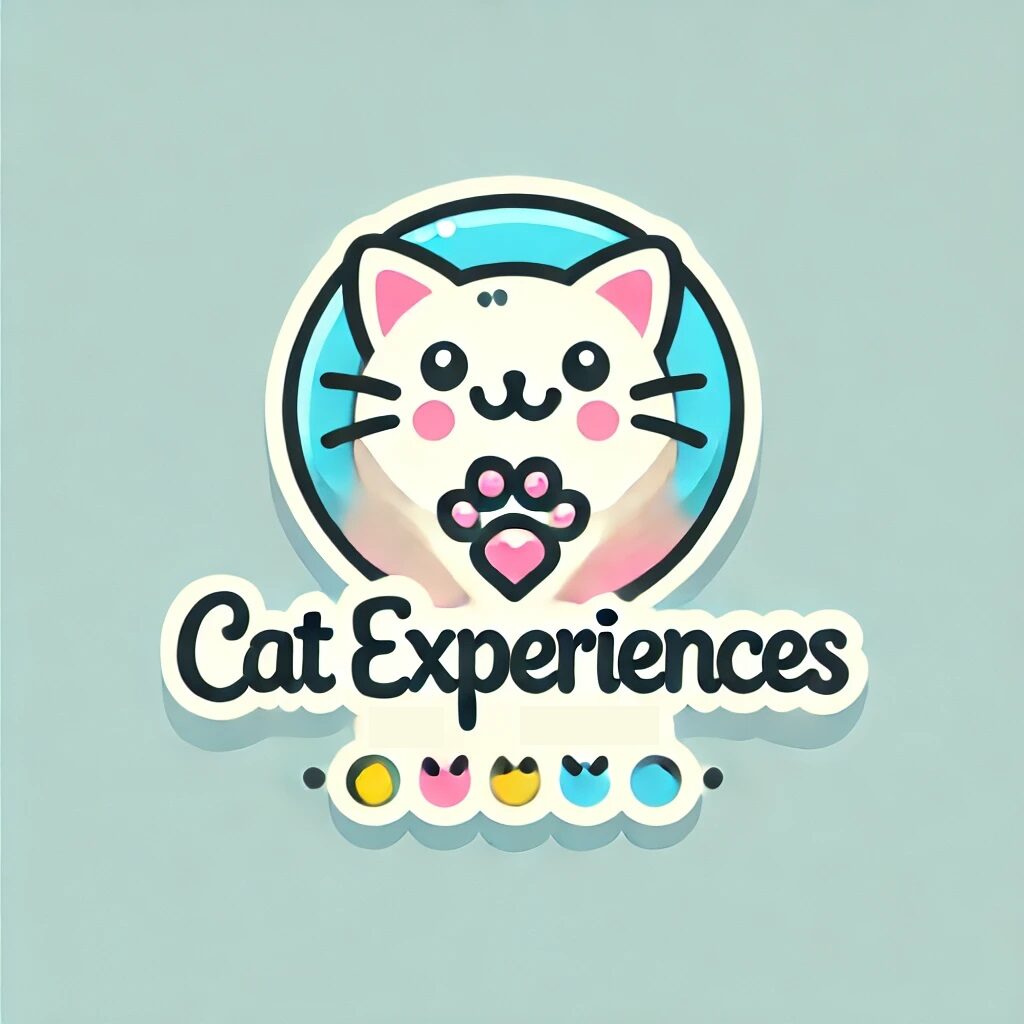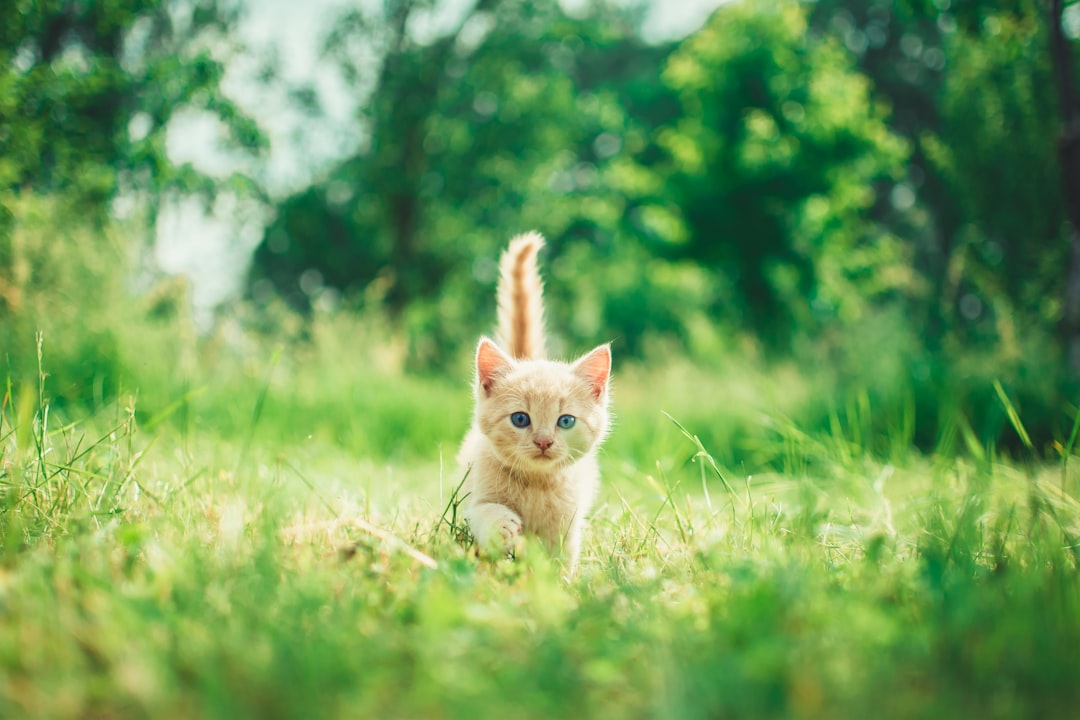Are you tired of your cat giving you the stink eye every time you serve that store-bought mush? Fear not, my fellow feline foodies! Today, we’ll dive into the delicious world of homemade cat food, where ingredients are fresher and your cat might actually purr in appreciation (or at least stop judging you). With a sprinkle of nutritional knowledge and a dash of creativity, you can whip up meals so scrumptious that your kitty will be wondering why they ever settled for boring kibble. Let’s get cooking!
Understanding Your Cat’s Nutritional Needs
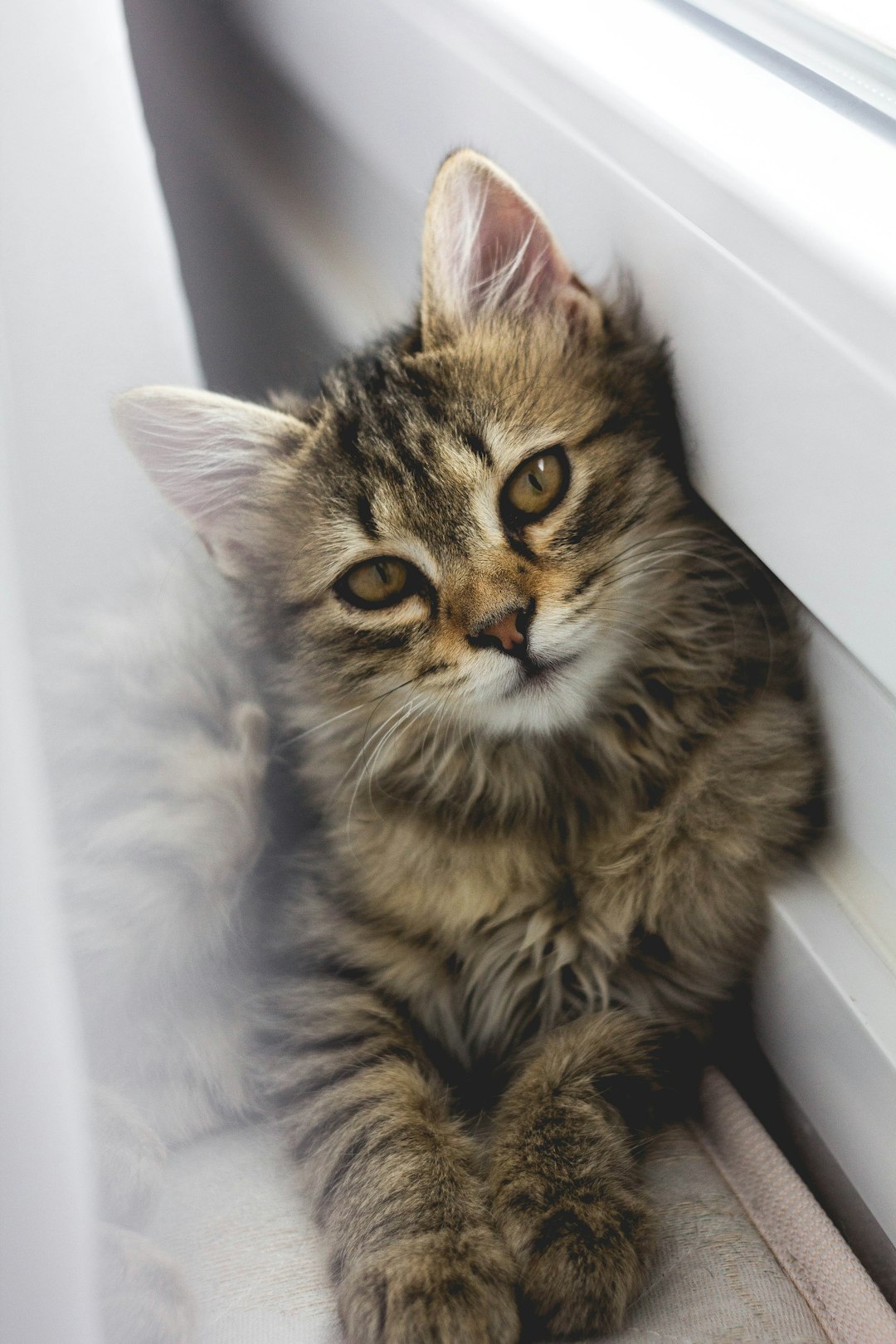
Ah, the sophisticated palate of our feline friends! Understanding your cat’s nutritional needs is like trying to understand why they knock things off the table—utterly perplexing, but essential.
Cats are obligate carnivores, which means they thrive on meat. Here’s the scrumptious breakdown:
- Protein: Essential for energy and muscle repair. Think chicken, turkey, and fish—your cat’s ultimate three-course meal.
- Taurine: An amino acid that’s vital for heart health. Lucky for you, it’s found in ample amounts in homemade cat food featuring meat.
- Fats: Don’t fear the fat! Healthy fats provide energy and a luxurious coat, making your cat the envy of the neighborhood.
- Vitamins and Minerals: Cats need them like a chef needs salt. Include things like calcium and vitamin A from sources like eggs or liver.
So, when whipping up some homemade cat food, focus on these components. Your furry gourmet will thank you—probably by sitting on your keyboard to make sure you know who’s really in charge of dinner!
Benefits of Homemade Cat Food
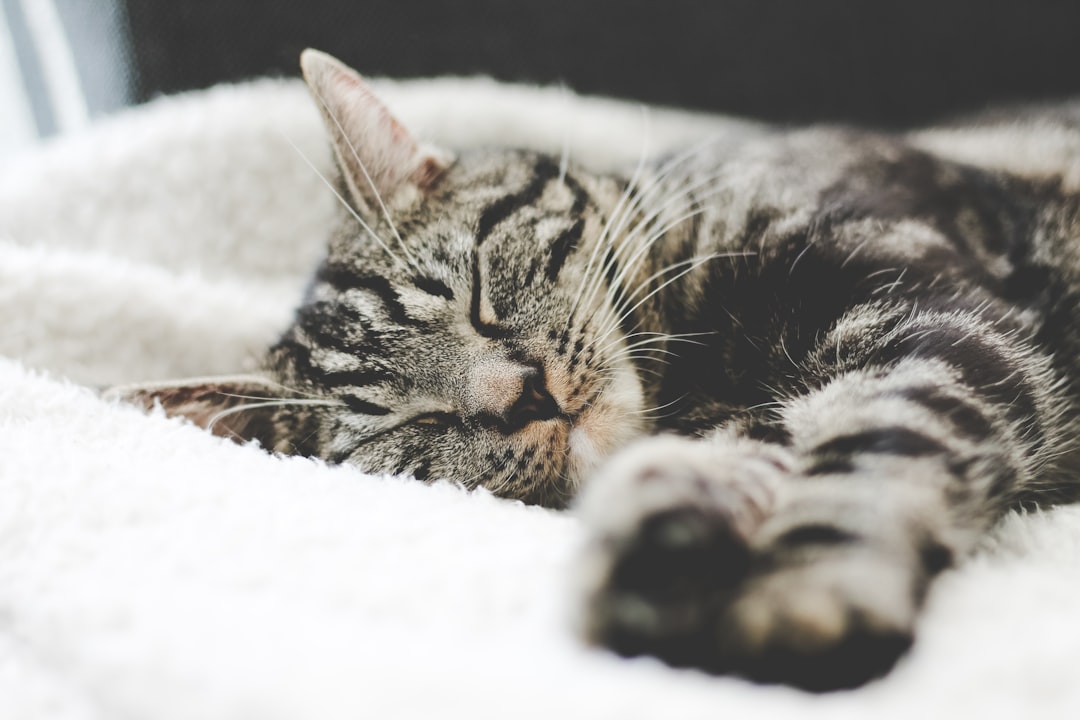
Ah, homemade cat food—the meal that makes your feline friend feel like royalty while you channel your inner chef! Here’s why switching to artisanal cat cuisine is the cat’s pajamas:
- Tailored Nutrition: You control the ingredients! No more sneaky fillers or mystery meats.
- Freshness Matters: Your cat can taste the difference between “fresh” and “I-have-no-idea-how-long-this-has-been-on-the-shelf.” It’s like dining at a five-star restaurant every day!
- Budget Buddy: With a little planning, you can save some green while your kitty chows down in style.
- Health and Happiness: Many cat owners report improved energy levels and shiny fur, which is crucial for that Instagram look!
Here’s a quick comparison to chew on:
| Feature | Store-Bought Cat Food | Homemade Cat Food |
|---|---|---|
| Ingredients Quality | Often questionable | Totally transparent! |
| Cost | Can break the bank! | Budget-friendly (if planned) |
| Flavor | Cats say “meh” | Paws-itively delicious! |
So, embrace the whiskered culinary adventure and keep those tummies happy with homemade cat food!
Essential Ingredients for Homemade Cat Food
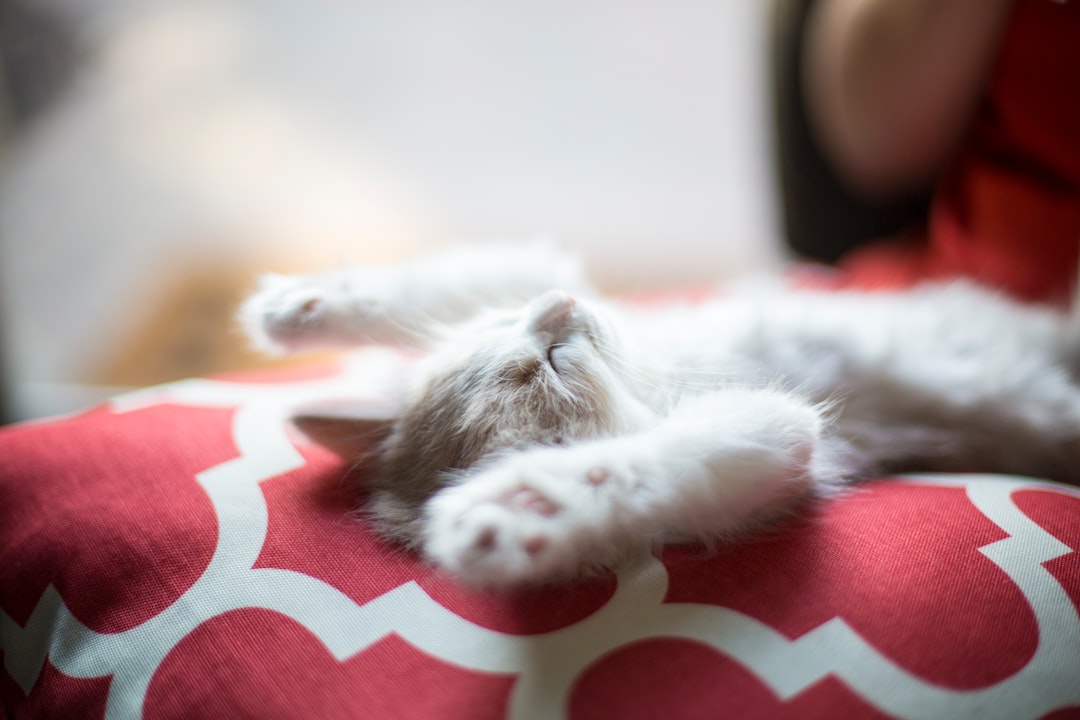
When crafting the purr-fect homemade cat food, selecting the right ingredients is crucial. Remember, your feline friend isn’t a gourmet chef; they just want delicious, nutritious meals! Let’s break it down with some essential ingredients that will keep those whiskers twitching:
- Protein Powerhouses: Cats are obligate carnivores, meaning they absolutely need meat. Options like:
- Chicken
- Turkey
- Fish (just not sushi night at home!)
- Healthy Fats: Feline energy comes from fat. Try adding:
- Fish oil (tuna juice may work too but might turn your cat into a diva)
- Chicken fat
- Carbohydrate Companions: While they’re not fans of carbs, a small amount helps with digestion:
- Sweet potatoes
- Pumpkin (not just for fall decorations!)
- Vitamins & Minerals: Don’t forget to sprinkle in some essential supplements, such as:
- Calcium
- Taurine (the real MVP for your kitty’s health)
Now, take these ingredients and whisk them together into a nutrient-rich concoction. Avoid the mistakes of homemade cat food creation by sticking to what they actually want instead of what they might tolerate! Your kitty will thank you with extra purrs!
Recipes for a Balanced Cat Diet
Ah, the moment you’ve all been waiting for: the delicious homemade cat food recipes that will make your feline friend purr like a vintage engine! If you’ve ever wanted to impress both your cat and your culinary skills, look no further.
Here’s a simplified menu to get you started:
Scrumptious Salmon Delight
- Ingredients:
- 1 cup cooked salmon (no bones, please!)
- 1/4 cup cooked quinoa
- A dash of catnip (for that extra paw-sitive vibe)
Chicken & Pumpkin Medley
- Ingredients:
- 1 cup shredded chicken (the cooked kind, not the pet store variety)
- 1/4 cup pure pumpkin (not the spiced pie filling, yikes!)
- 1 tablespoon vegetable oil (for a shiny coat)
Beefy Bliss
- Ingredients:
- 1 cup ground beef (lean is the word of the day)
- 1/2 cup peas (lentils if your cat prefers a fancy touch)
- 1 egg (scrambled, obviously)
Cat Food Comparison Table
| Recipe | Protein Source | Grain-free? | Feline Favorite Score |
|---|---|---|---|
| Scrumptious Salmon | Salmon | Yes | ★★★★★ |
| Chicken & Pumpkin | Chicken | Yes | ★★★★★ |
| Beefy Bliss | Beef | No | ★★★★☆ |
Mix, serve, and watch your kitty conquer those gourmet meals! Whipping up homemade cat food can be a delightful affair; your cat will think you’re a culinary superstar. Don’t forget, though, to adjust portions based on your kitty’s needs. Happy cooking!
Incorporating Supplements for Optimal Health
Ah, homemade cat food—an adventure filled with creativity and a sprinkle of kitty love! But wait, don’t throw in that tuna just yet. To achieve purrfection, you need to consider those little extra elements called supplements. Why? Well, let’s simply say that without them, your fabulous homemade cat food might be as exciting as a cardboard box—no feline wants that!
Here’s a quick guide to making your homemade cat food not just good, but paw-sitively amazing with supplements:
- Taurine: Essential for heart and eye health. Your cat may feel like they can see through walls!
- Fish Oil: Packed with Omega-3 fatty acids, it helps their coats shine bright like a diamond.
- Probiotics: Perfect for a happy tummy; after all, no one likes a grumpy cat!
- Vitamins and Minerals: Think of a daily multivitamin, but for your furry friend!
While it may seem an overwhelming task, blending these supplements into your homemade cat food ensures that your whiskered wonder stays healthy, happy, and ready for a cozy lap nap! Just remember, small additions can make a big difference—like catnip in a life jacket!
Common Mistakes to Avoid When Making Cat Food
Ah, the joys of whipping up homemade cat food! It’s all fun and games until you accidentally create a feline fiasco. Here are some common, head-scratching mistakes to steer clear of:
- Ignoring Nutritional Balance: Cats are not just furry little meatballs; they require a balanced diet! Ensure you’re providing the right mix of proteins, fats, and vitamins.
- Using Toxic Ingredients: Seriously, who knew onions were a no-no? Always check your ingredients. Garlic, chocolate, and grapes belong on your menu, not theirs.
- Inconsistent Recipes: Your cat likes routine, just like Grandma likes her bingo! Stick to consistent recipes so your furry pal doesn’t turn into Diva Cat over dinner time.
- Skipping Protein Sources: Cats need their meaty fix. Leaving out proteins is like trying to run a marathon without eating carbs. Spoiler alert: you won’t last long!
- Not Consulting a Vet: Before rolling up your sleeves, channel your inner chef, but remember: always consult a professional. They can provide tailored advice to ensure your homemade cat food doesn’t hit a sour note!
Avoid these hiccups, and you’ll be dishing out delightful dishes that have your kitty purring for more!
How to Transition Your Cat to Homemade Meals
Transitioning your feline friend to homemade cat food can feel like preparing a delicate soufflé: one wrong move and it could all come crashing down! But don’t fret; with some finesse and patience, your cat can enjoy a mealtime makeover that’ll make even Gordon Ramsay raise an eyebrow.
Here’s how to serve the newest food trend—homemade cat food—with style:
- Go Slow: Gradually introduce the new homemade cat food. Start with 25% homemade mixed with 75% their usual grub. Each week, adjust the ratio until your cat is fully feasting on the homemade delights.
- Experiment with Flavors: Cats are like little food critics. If they turn their nose up, try a different recipe or adjust the ingredients. This is not just any homemade cat food; this is fine dining!
- Watch for Reactions: Keep an eye out for any digestive dramas. If your cat suddenly channels a drama queen role, dial back the transition speed or consult your vet.
- Consistency is Key: Once your cat adjusts, stick to a meal schedule. Cats thrive on routine, and so does their tummy!
- Treats and Favorite Flavors: If they get excited over chicken, add it to the mix! Use their favorites in small amounts to make the homemade cat food extra enticing.
With these tips, soon your cat will be begging for its next gourmet meal, and you’ll be the culinary superstar of the kitty world!
Monitoring Your Cat’s Health and Well-Being
Switching to homemade cat food? Great! Just remember, it’s not all about slinging that nutritious concoction into the bowl and strolling away like a proud parent. Oh no! Now begins the meticulous endeavor of monitoring your feline friend’s health and well-being. Here’s how to keep tabs without turning into a worried helicopter parent:
- Observe Behavior: Is Fluffy still doing the daily zoomies or has she transformed into a couch potato? Any sudden changes could be a sign that your homemade cat food isn’t cutting it.
- Track Weight: Use a scale—hopefully not the kind that whispers “you ate too much candy.” Keep an eye on Fluffy’s weight and adjust portions as needed.
- Check Bathroom Habits: No one enjoys discussing litter boxes, but a quick glance can reveal a lot! Changes in pee or poop can indicate dietary discomfort.
- Look for Allergies: If Fluffy starts scratching more than a DJ at a rave, you may want to reassess those ingredients.
Remember, transitioning to homemade cat food is a marathon, not a sprint. Patience and monitoring lead to healthy, happy cat vibes!
Frequently Asked Questions
Why should I consider making homemade cat food instead of buying commercial products?
Well, if you want to turn into a gourmet chef for your cat and occasionally experience your furry friend side-eyeing the store-bought kibble like it’s last week’s leftovers, homemade cat food is your answer! You get to customize flavors, avoid mystery meat (because who really knows what that ‘animal by-product’ is?), and use fresh ingredients so your cat’s meals aren’t just edible—they’re pawsitively mouthwatering!
What are the essential ingredients I need for my homemade cat food?
Think of essential ingredients as the ‘cat culinary triumvirate’! You’ll need high-quality protein (like chicken or fish, because cats are basically small tigers), fats (cats adore those shimmering omega-3s), and carbohydrates (yes, in moderation, because no kitty wants to feel like they were fed an entire pizza!). Add in some vitamins and a sprinkle of love to complete the recipe, and voila, you have a cat meal fit for a feline emperor!
How do I know if my homemade cat food is nutritionally balanced?
Ah, the quest for the holy grail of cat diets! Imagine you’re on a nutritionist’s treasure hunt—complete with maps, magnifying glasses, and maybe a reluctant cat sidekick—monitoring protein levels (should be 70%, more or less), ensuring they’re getting their vitamins (Christmas lights for your cat’s health!), and sometimes even consulting with a vet. If your kitty is sprightly and their coat’s shinier than a new car, you’re probably on the right track!
Can I use leftovers from my dinner to make cat food?
Sure, if you want your cat to play ‘guess that ingredient’ at dinner! While your tuna-flavored, cold pasta creations from last night could evoke a puzzled meow of confusion, most human foods aren’t formulated for feline tummies. If they happen to be leftover liver or turkey (sans spices), then great! But remember, some human food is a feline no-no—like onions, garlic, and anything reminiscent of dessert. So check the forbidden foods list before throwing a feline feast!
